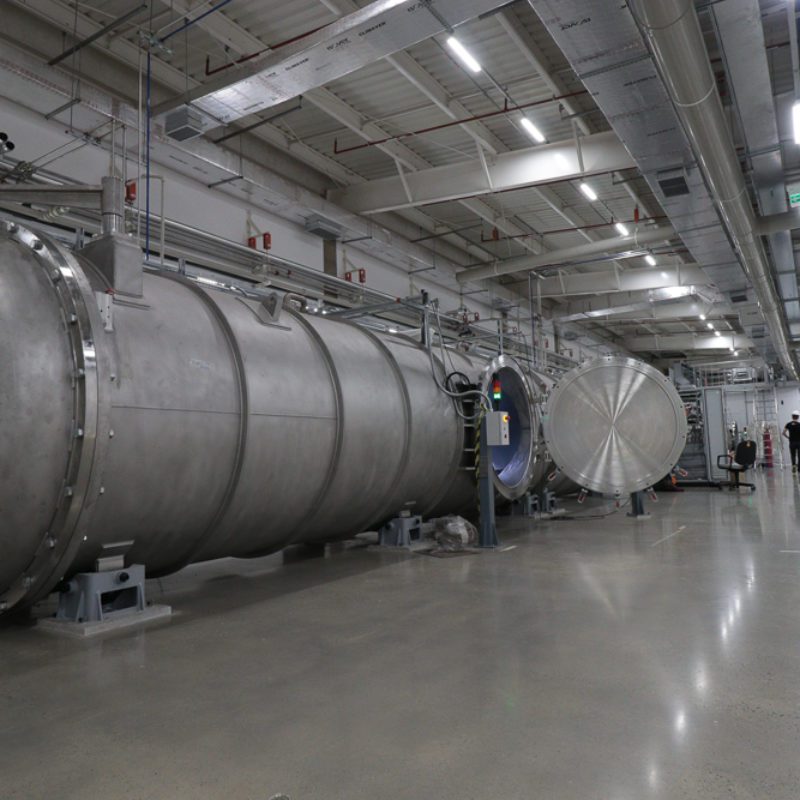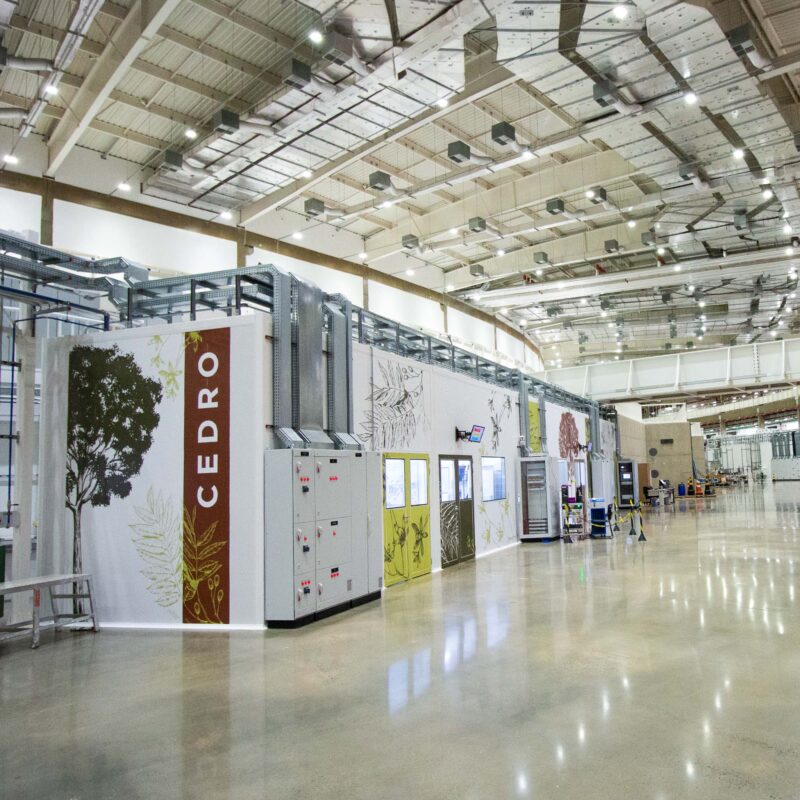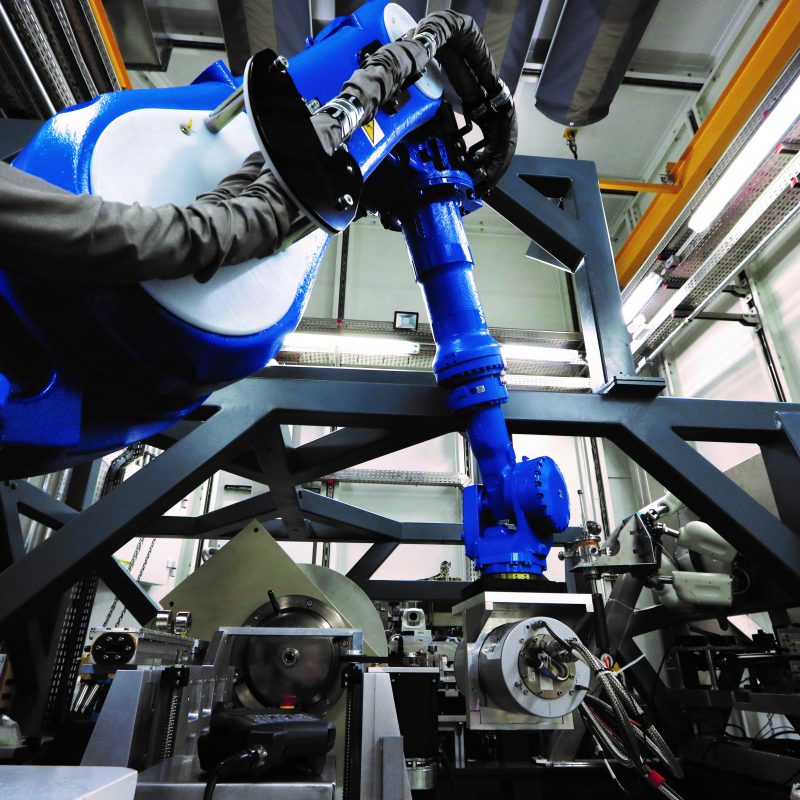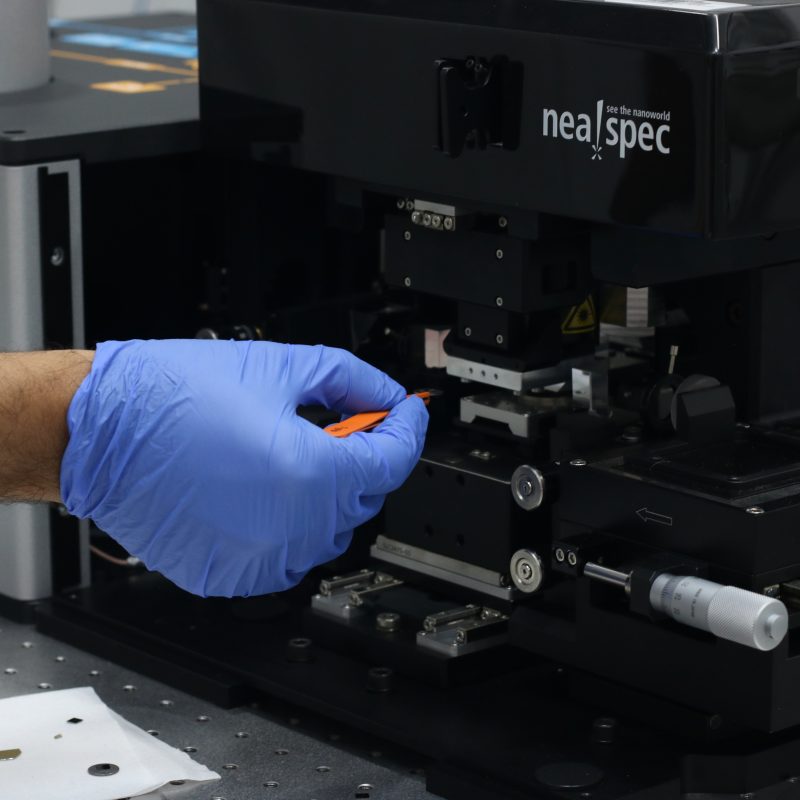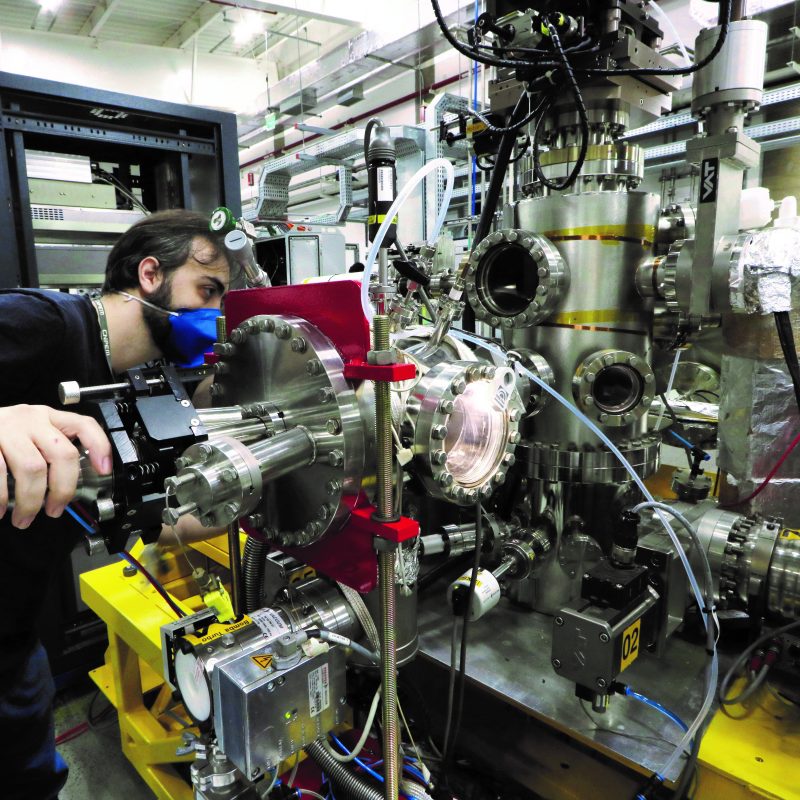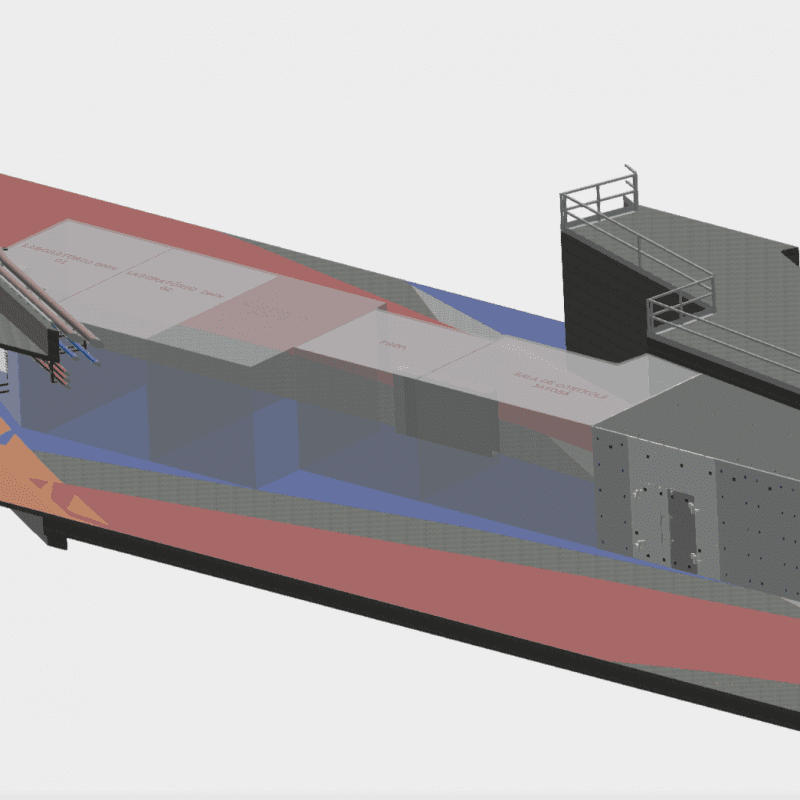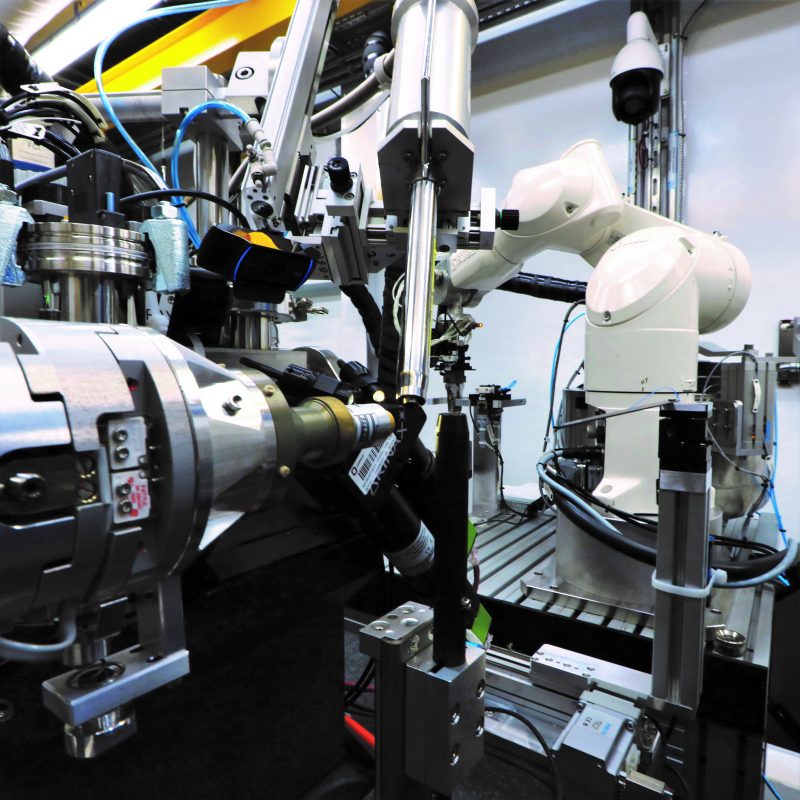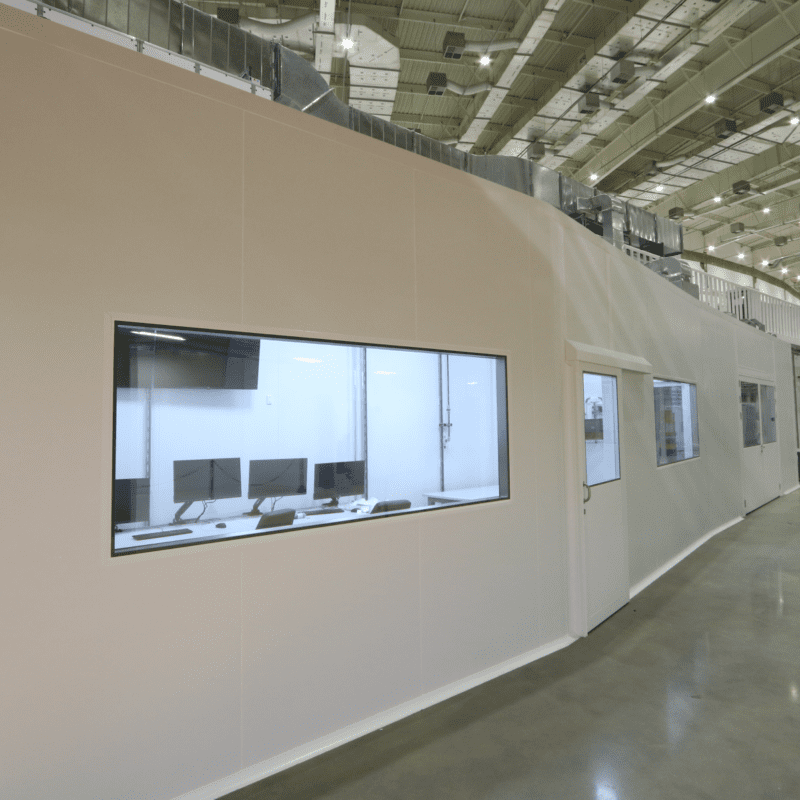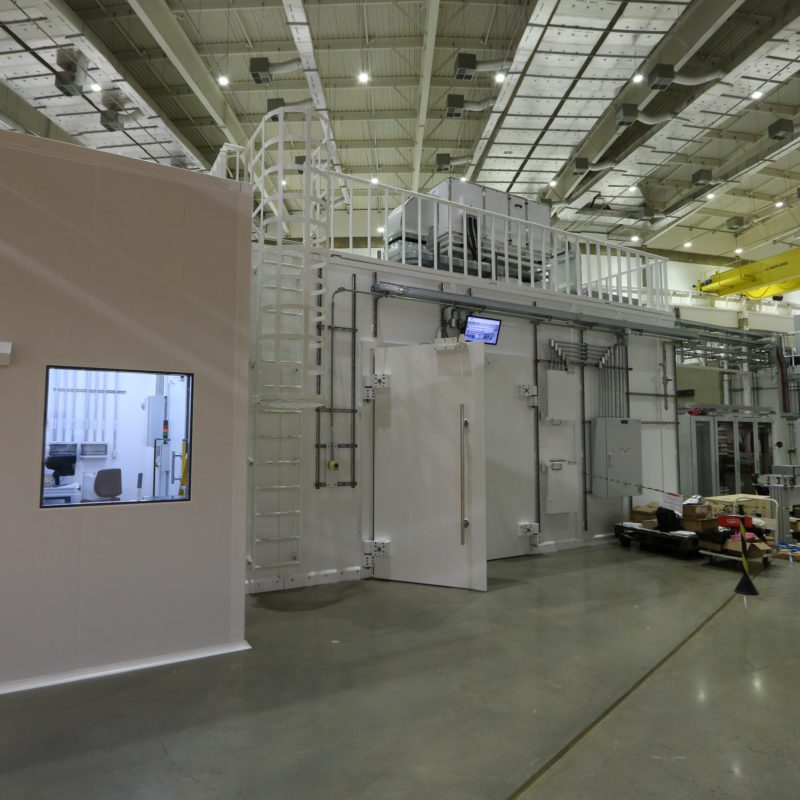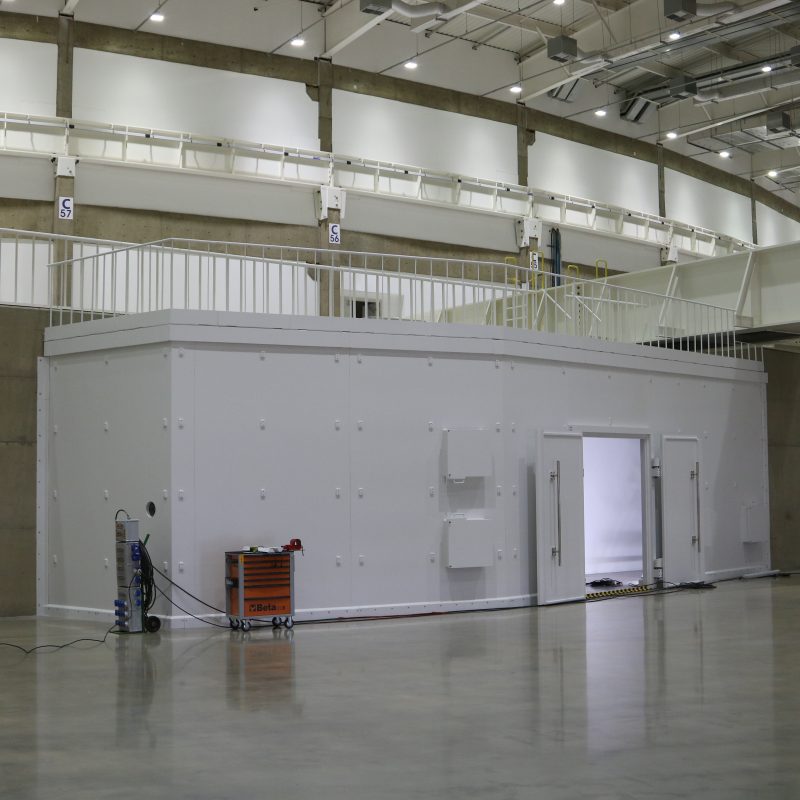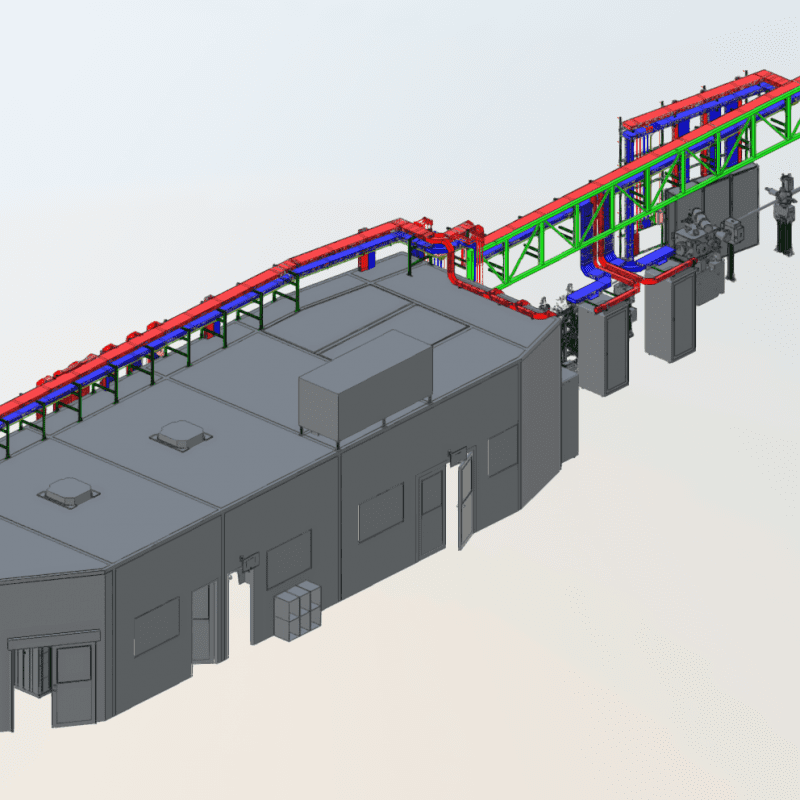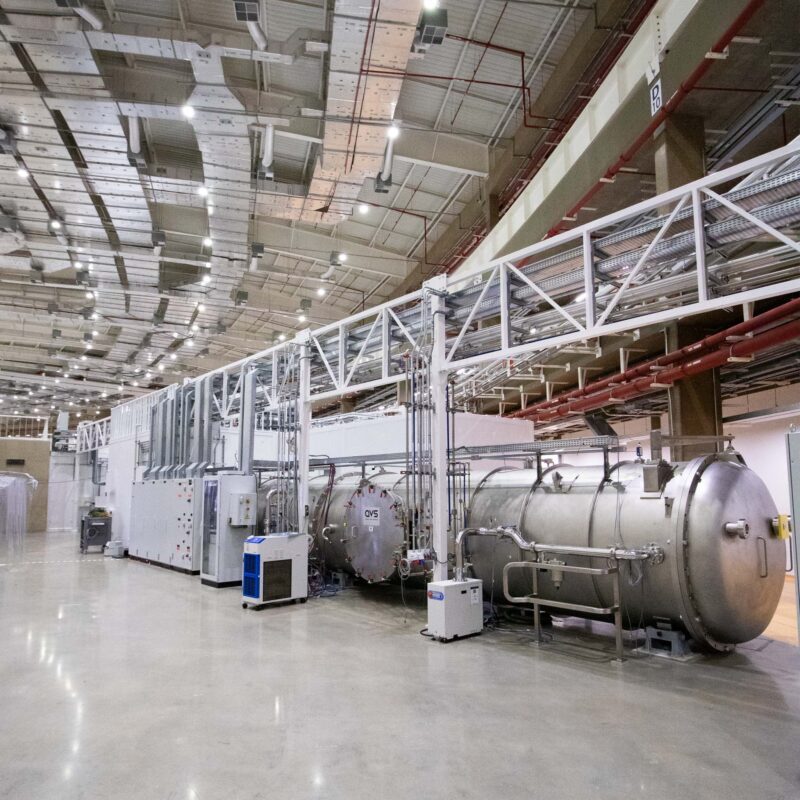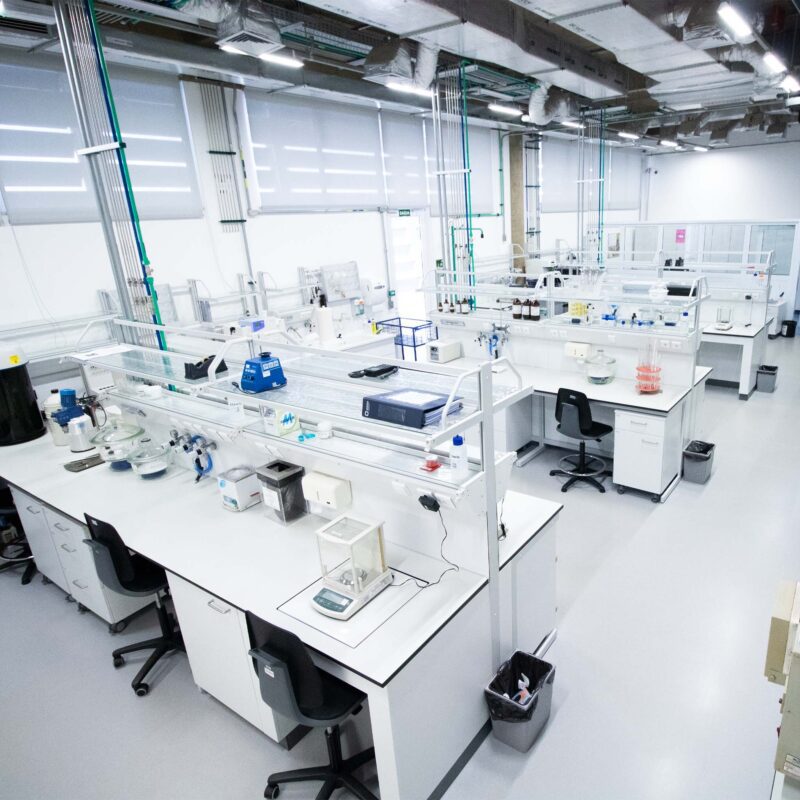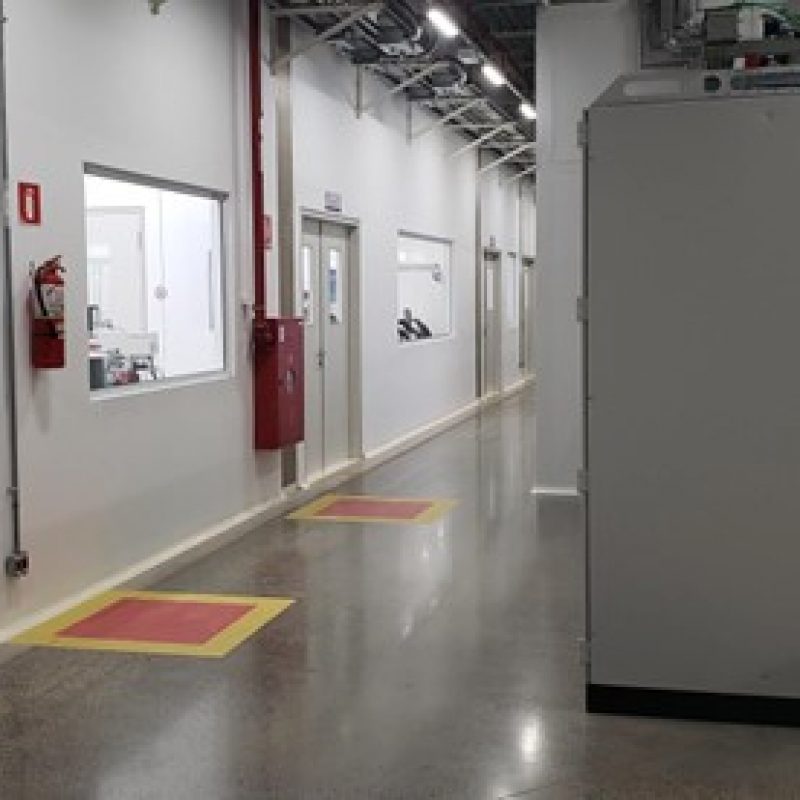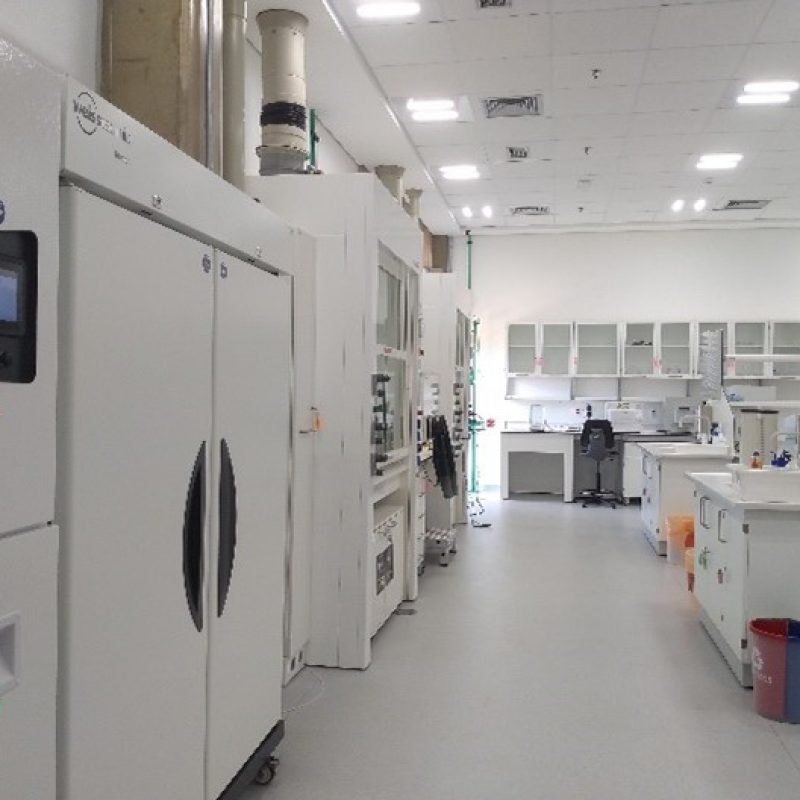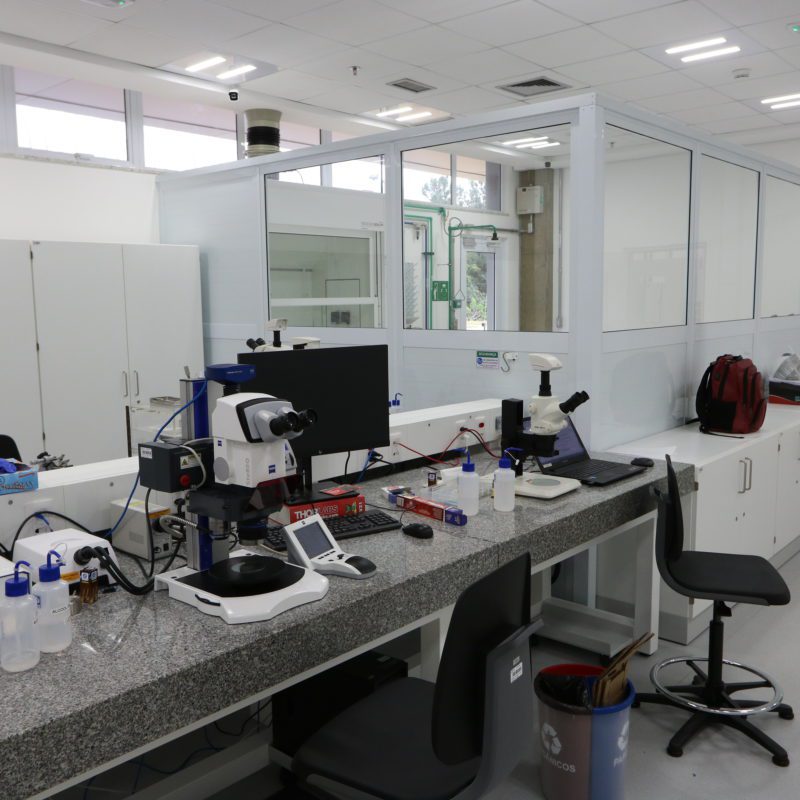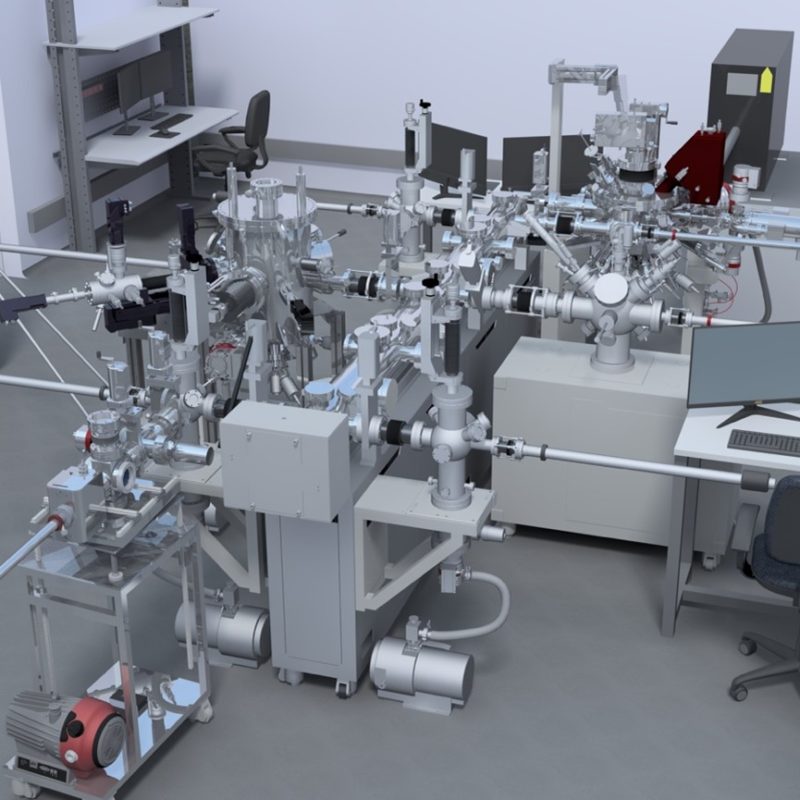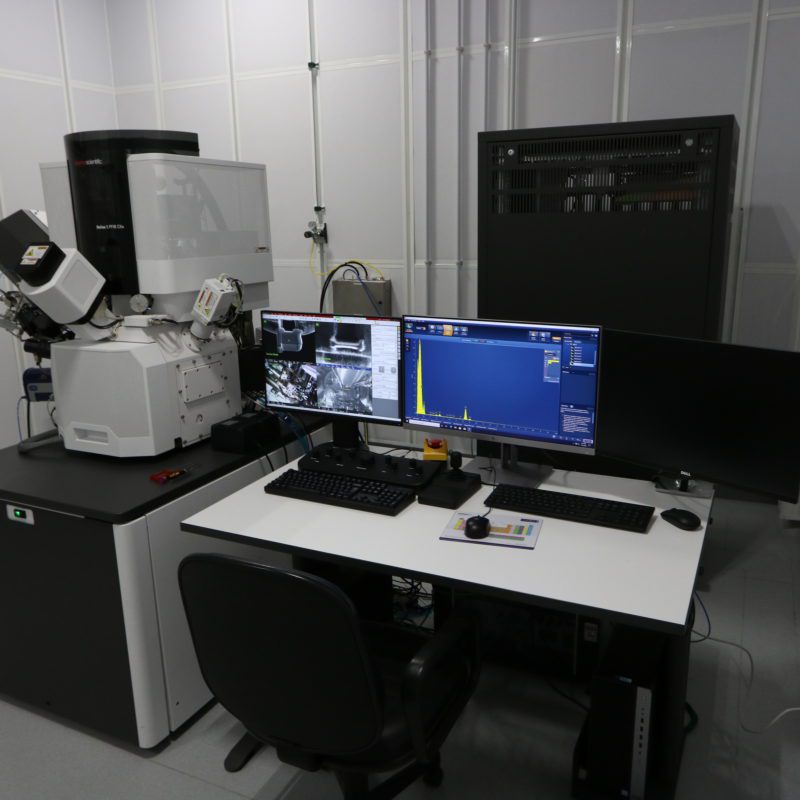PAINEIRA (Powder X-ray Diffraction) is a beamline optimized for the X-ray diffraction of polycrystalline materials in Debye-Scherrer geometry (capillary geometry or transmission mode). The beamline aims primarily at the structural characterization of materials in the powder form, such as ceramics, pharmaceuticals, minerals, catalysts, amongst others. The beamline will operate in high-throughput mode to rapidly characterize numerous samples. In addition, PAINEIRA offers reaction cells and accessories for conducting experiments under in situ and operando conditions to studies on functional materials and devices for energy storage and catalysis, for example.
Facility E-mail: paineira@lnls.br
Coordination: Cristiane B. Rodella
Tel.: +55 19 3512 1040
E-mail: cristiane.rodella@lnls.br


